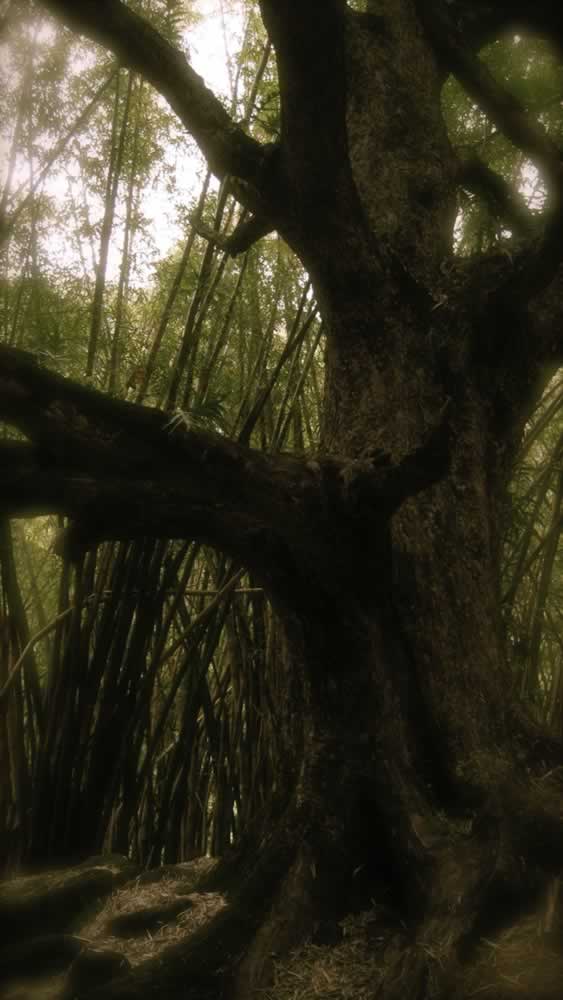
I AM WALKING THE FOREST, EXPLORING THE DEEPER PLACE OF ARBOREALITY; THESE TREE TAPESTRIES ARE LONG-MADE, OLDER GROVES, THE ONES THAT HAVE DARKER PLACES ADMINISTERED BY THE OLDER AND BIGGER TREES.
You might ask, what is the symbolism of the tree in the context of what I’m doing?
Why should I care about some meditation on trees,
what’s that to me?
For one, it speaks to reflectivity — it’s a reflection of what’s above to the character of what’s below. The stem, branching and leaf structure of many trees matches the tendril-curls of its root structure, so while the tree hungers for creating the best way to fill-out and capture solar light for conversation to the photosynthetic commitment to energy production.
When I think about the symbolism of trees, I go back to my college years of a time of study, during my biological and scientific phasing of work, which included botany.
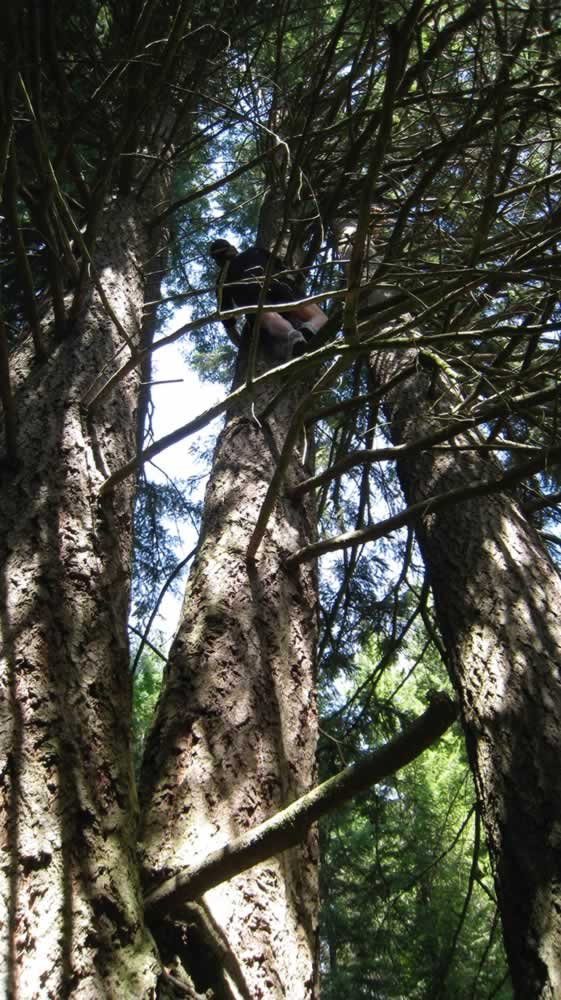
What happened then was a lot of tree-climbing and climbing trees lends itself to a bigger journey that’s a vertical ascent complicated by branches, leaves and needles. But you’re drawn into the bark, the branching, the support and marvel of its structure and you can see more about how it all works as a mechanism. But only years of study shows off how spectacular trees and their community is — one man in particular explores these evidences in close detail.
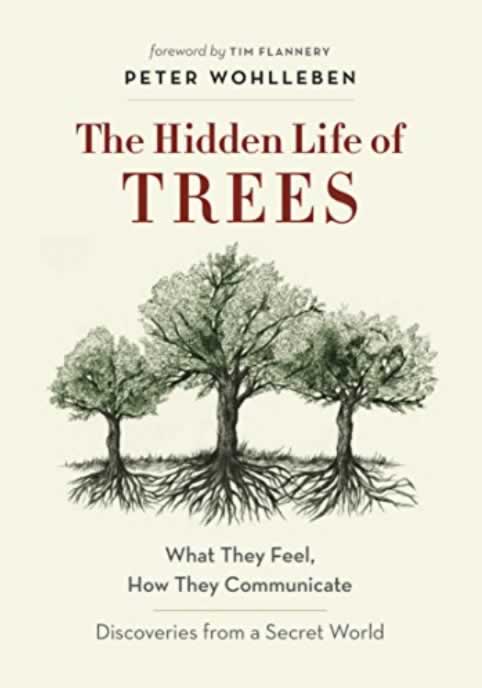
As his work is described in the book overview:
“Drawing on groundbreaking new discoveries,
Wohlleben presents the science behind the secret and previously unknown life of trees and their communication abilities; he describes how these discoveries have informed his own practices in the forest around him. As he says, a happy forest is a healthy forest, and he believes that eco-friendly practices not only are economically sustainable but also benefit the health of our planet and the mental and physical health of all who live on Earth.”
What he offers in his poetic, scientific backgrounder is that trees operate in a complex electrical network, they communicate through their root systems in an interlacing of messages that express alarm, invasion, pest intrusion, harmony, thirst, destruction of neighboring trees; that, too, in a deeper way, set boundaries for successful grove expansion
and limitations of proximity,
tree to tree.
That would be another point of symbolism—and allegory, to those of us in design, marketing and branding. That messages can come from structure, that they can follow hierarchy in messaging strings, a taxonomy and layering of content and that, too, in how they relate to their “finding of the light,” how they move to find the best expansion in their tendrils of florescence to find the better way of reaching and seeing the best position for exposure to the right audience. Trees are intricately designed to utilize the light in the most holistic range of fulfilling absences. And absence is what they seek to fill — a place-making of composition that speaks to engagement with the light. And the fulfillment of luminous translation. And photosynthetic taxis.
They fill out. As in messages, they seek a place to be grasped and understood. And visuals, they seek an engagement of being visualized. And being seen. In a manner, that notion of leaf and the structuring of information plays to a portrayal that captures an illustrative construct that is mnemonic of botanic forms, as in this tree of life mapping:
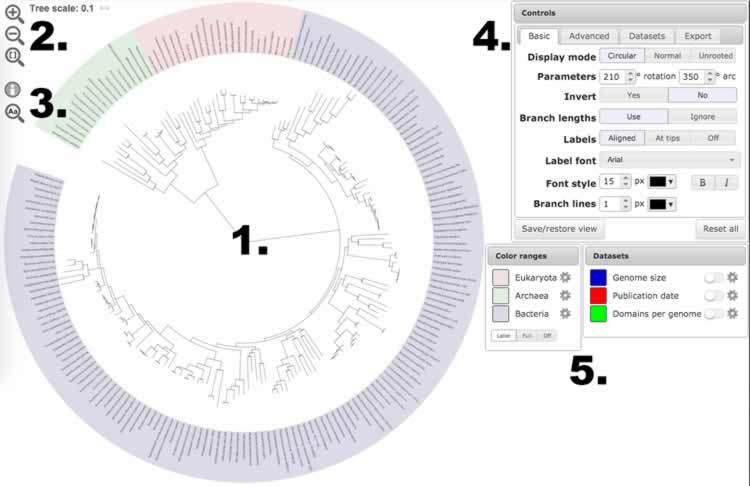
In the study of trees, their leaves and messaging, I’m tracing the lines — message to leaf vein, concept to text, tree to messaging. There is the symbolism: diversion, inversion and reversion, extraversion, intraversion —
it is a patterning on pattern, layering on layer.
That range comes to another play in symbolic study,
the tree of the alphabet and the alphabet of the tree.
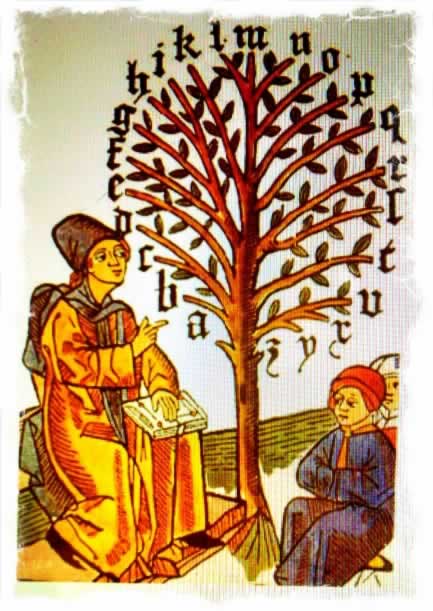
Which is, the foliage of the forest of letters and the deeper heart of wisdom.
“Perhaps universal history
is the history of the diverse intonations of a few metaphors.”
– Jorge Luis Borges, “Pascal’s Sphere,” 1951
I’ve drawn a word a day on leaves, thinking:
each word, as a work of time, is layered in meaning.
And like the patterning of living leafy interlacement
energy flows through their veins.
A word has a branching that can stretch through time
to dozens of offshoots and variations,
transpositions and interpretations; it’s a beautiful study.
For in the etymon, it’s the true thing — the true name of a thing.
The leaves of the tree are like the leaves of the book, and in fact —
these two are aligned — the book, the leaf, the folio.
The library — the place of books, from liber “book, paper, parchment,” originally the “inner bark of trees,” perhaps from the seed sound, the PIE root *leubh — “to strip, to peel” -as in:
leaf.
So the book is a sheathing of leaves, made of the inner bark of trees — leaves turning, the page, the leaf, turned.
A new story,
a new ideal,
a new leaf — turned.
See then, these leaves, leaf / words — the meaning intermingled:
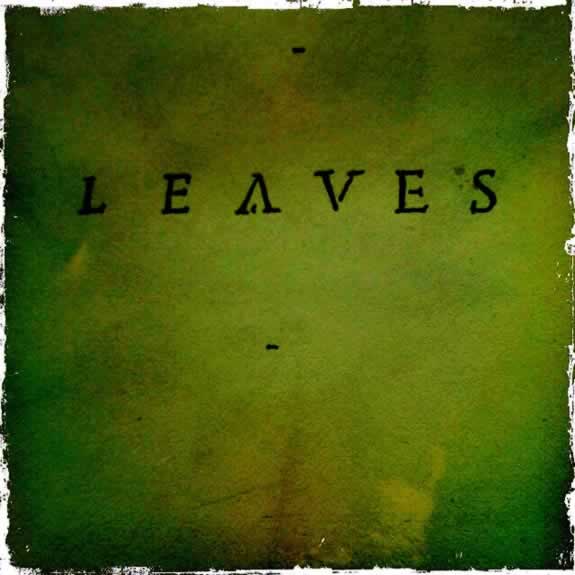
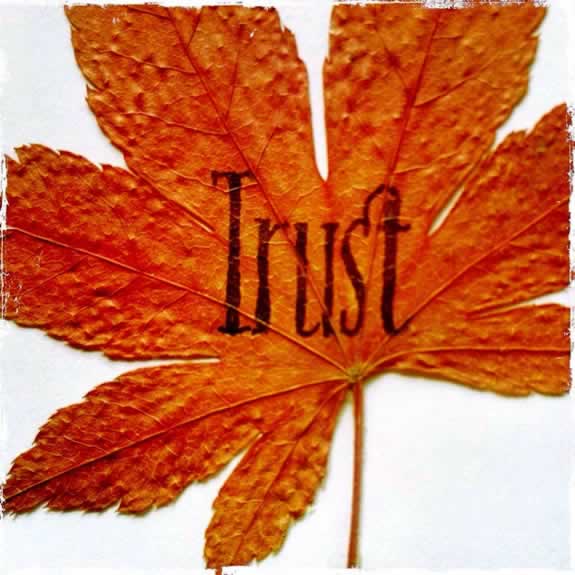
A L O N E
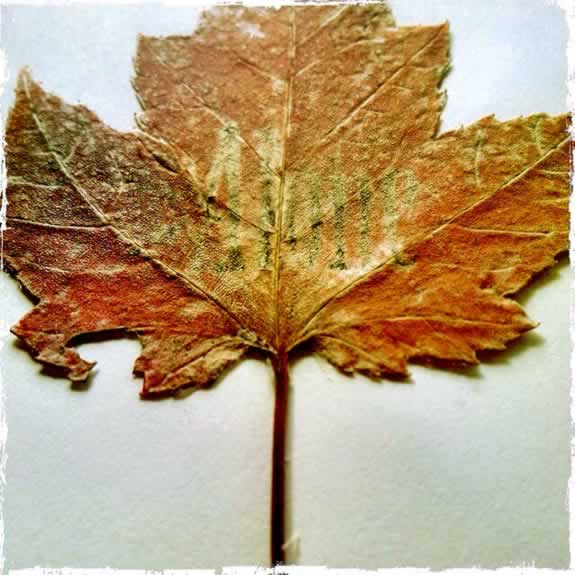

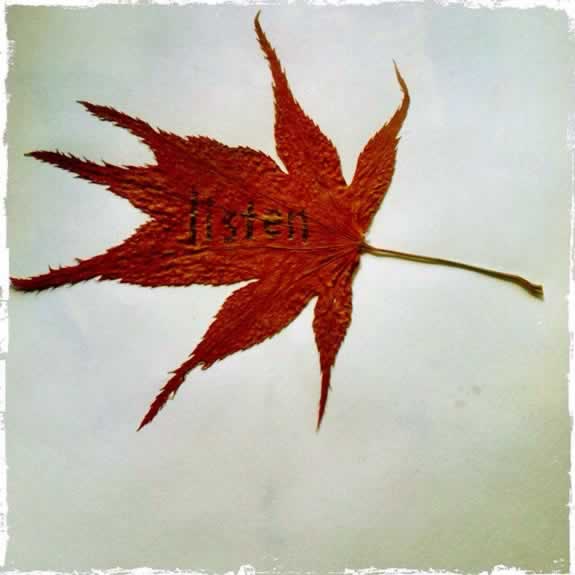
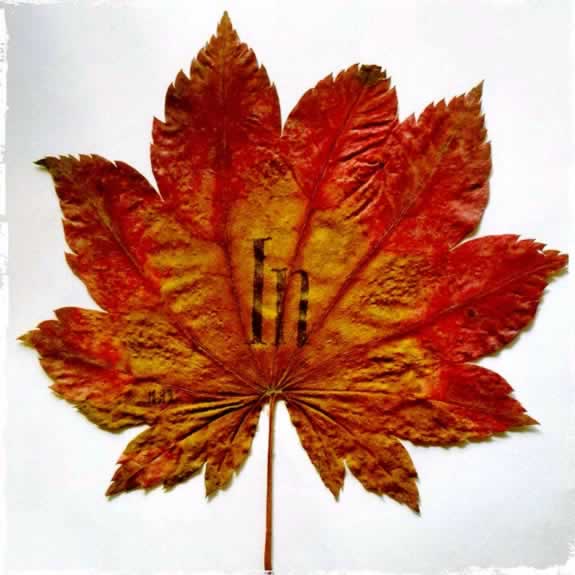
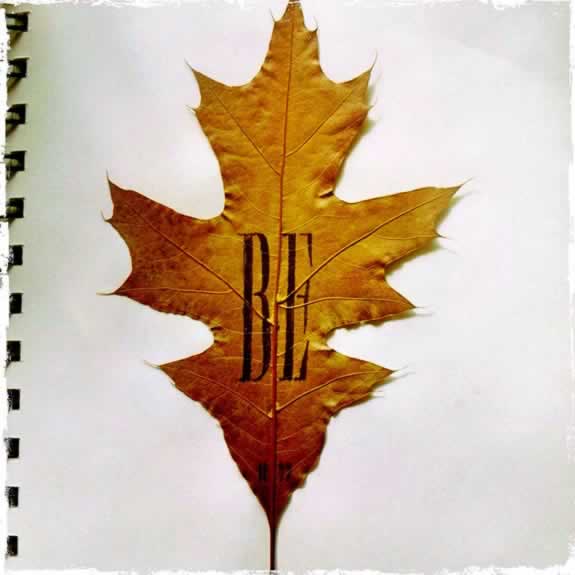
C O M P A S S I O N
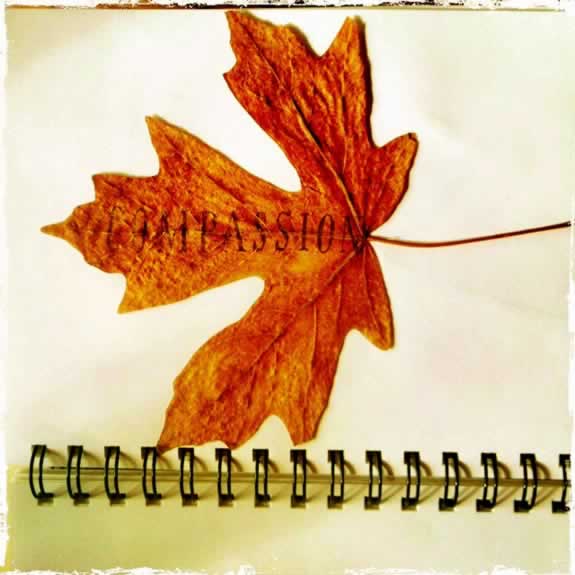
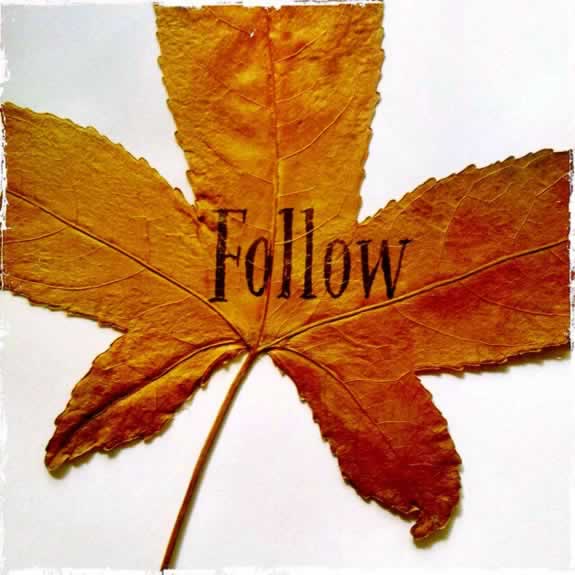
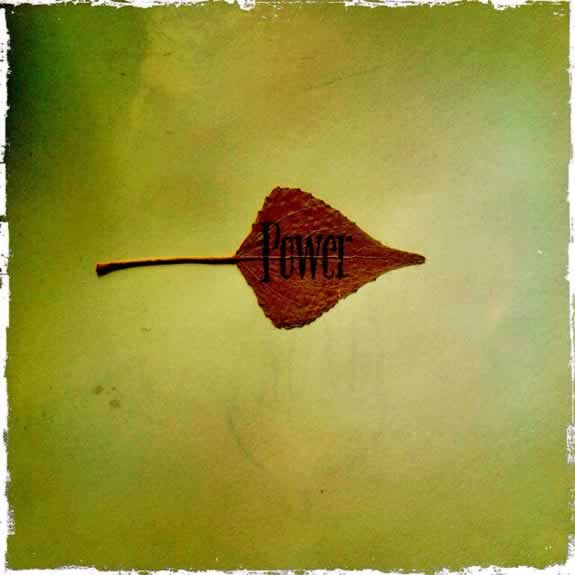
S I M P L E

C L E A R
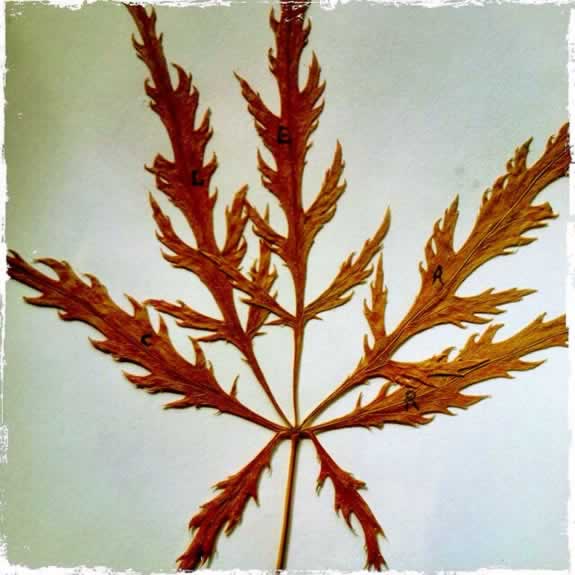
R O U G H
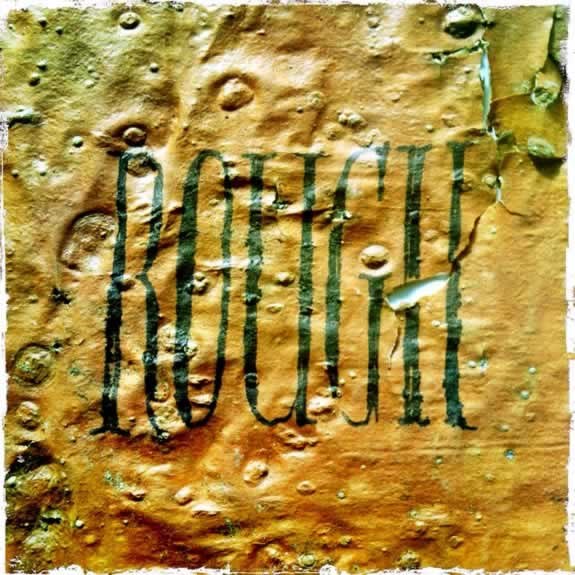
S W E R V E
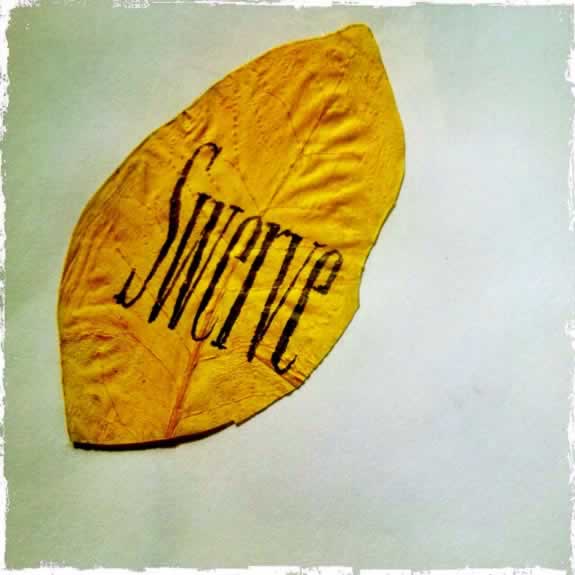
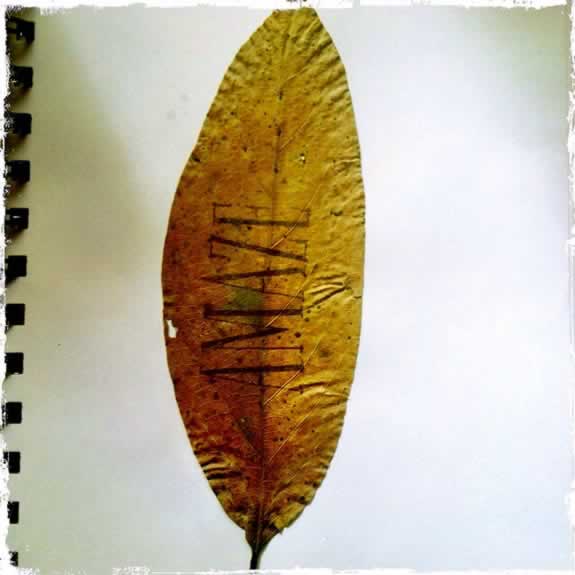
B E I N G W H O L E
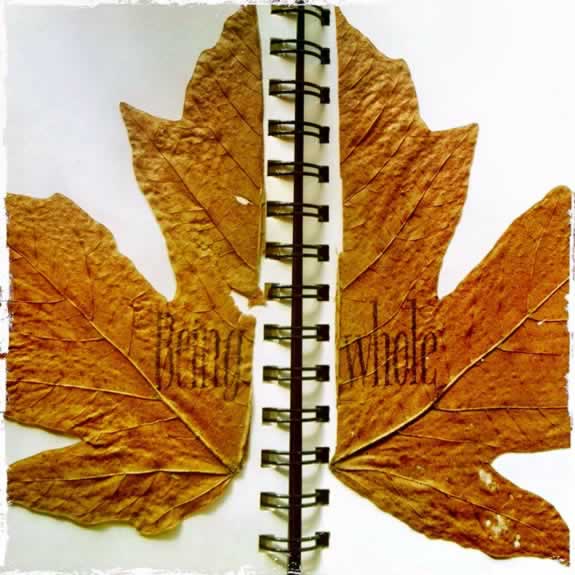
D E L I C A C Y
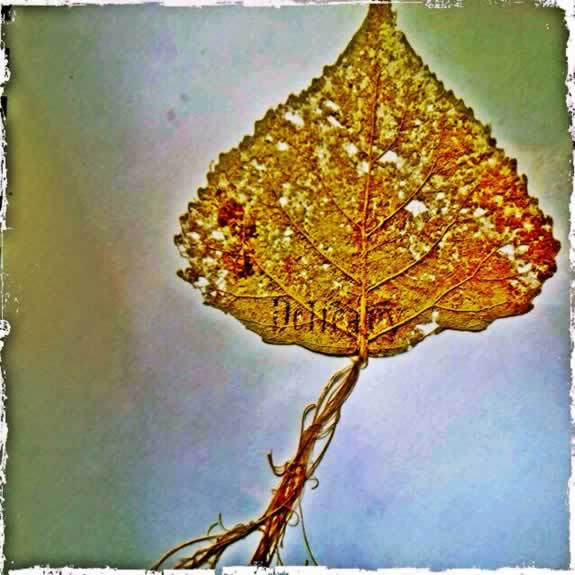
H I D
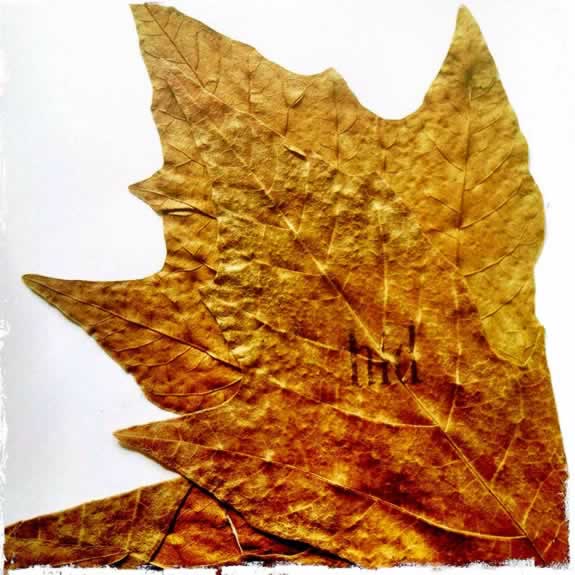

That allegorical thinking could be, too, the community. The commune of the forest, the commune of the people.
What, the people—the person?
What, the forest—the tree?
When we’re researching, we’re looking at the people and we’re looking for the person. When we walk in the forest—bathing as it’s now called—we’re looking at the forest, and too, we’re looking for the tree.
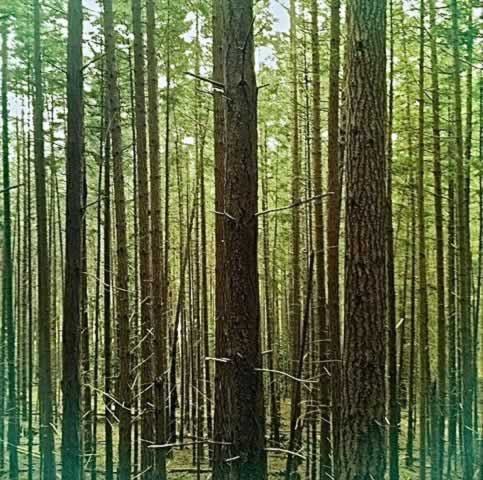
The Clustering of Customers,
the Typing of People,
From the One
to the Many.
As a veteran of hundreds of hours of focus groups, sessions, store interceptions and onsite consumer reviews, I find a forest, but am I close enough to the tree?
I was thinking about this the other day, walking in a relatively young forest — 90 years old, I’d guess — on Decatur Island, where my second studio is. Walking in that forest, I was studying the trees, and recalling some influential poetic meditations on the nature of a forest as a collaborative self-funding ecosystem. Trees lay the raiment of place, made in the optimization of the rightfully tree-engineered soils, moisture conditions, sunlight searching, for them.
Rains came, and the drops in the silence of the forest [no raindrops reached the forest floor] reminded me of the bark, wet channels — water slowly coursing the rough canyoning of the bark’s surface texture and saved in slowness, gradually seeps into the soil — the trunk makes it so — the longline of its skyward stance, draws it down like a channel. Looking cloud-ward from the earthbound stance of the forest, you can see the sun — but what you might also note is the fulfillment of the shadowed world — trees create their own light-trapping interlacement — they reach out to hold all they can. To us below, it is darkened in mystery and lightless-ness.
But as I study — each tree has its own story to tell — how it will create its own misted transpiration — a breathing through the community of its forest members, moisture and gaseous exchanges roiling in the quiet corridors of old green wisdom.
But the trees are different, and the forest is a community of relationships — and so too the telling of each story — hardwood and soft, deciduous and coniferous, newly sprung or decades old. They’re all trees, they’re all in the same grove, but they’re different.
In the walk of relationships, the circling of community, the circumspect study of people, teams, demographies and categories — to each, we know, different.
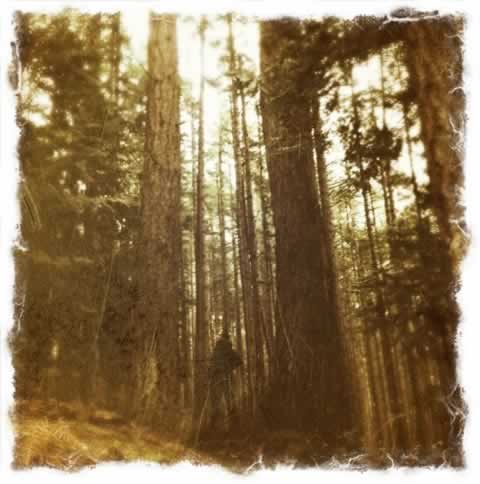
In our experience, we gather and build committed communities of relationships — carriers of stories that they hold about the brand. It’s their brand, their story — the hold and carry it on to others. In the fluency of flowing storytelling, gathering them together, we can talk to them, work with them, and recognize their differences in the minutiae of how they tell the story of their lives, and the turning circle of their relationships to each other, and how, finally, they relate, they carry, the brand.
In the forest — a community, it’s a unified grove — gatherings of relationships, yet every tree, every person is different. You speak to them in their language
and they will speak back to you,
in their language.
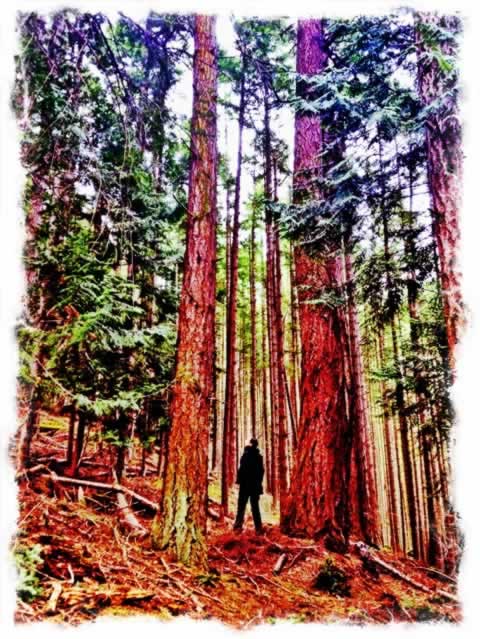
Walking the forest,
I was thinking about
this breathing,
this sharing —
this grove of trees,
and the differences of
each — in their
storytelling.
Time.
Lessons.
Learned.
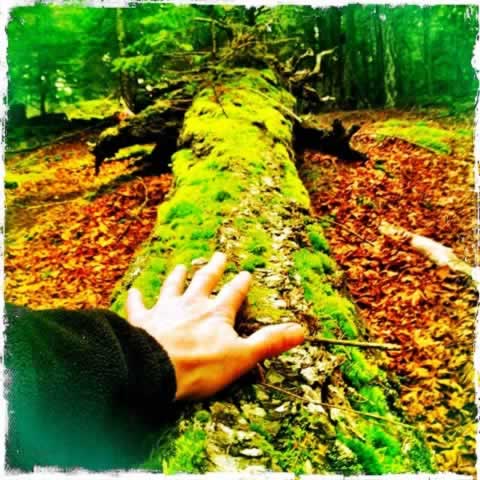
As designers, too, we can think about patterning, taking that energy of the flourishing of trees, their bursting botanic energy; it’s a writhing life force, it has some rhythm, there’s a pulse, it keeps growing up, outwardly, towards the light.
We work towards that, the quest for the light of engagement, the connectivity of mortals to a higher calling and a more stratospheric premise of positioning.
I have this memory. And that is a patterning, it’s a pattern language that plays out in a manner that is similar to Alexander’s theory of pattern-making. It’s a journey, it’s a place and the position of a presence upon it. It is an array of movements that could lend itself to an organically realized place with a pattern language of journey and use cartography that runs back to the forest.
The memory?
I was walking a forest, looking at its pattern language — the light, the array of the trees, the patterning of Light on the forest floor, the tread of footprints in the shadowed light of sand dunes, grass patterning and the waved rippling of grained crystals. It’s all a pattern, isn’t it?
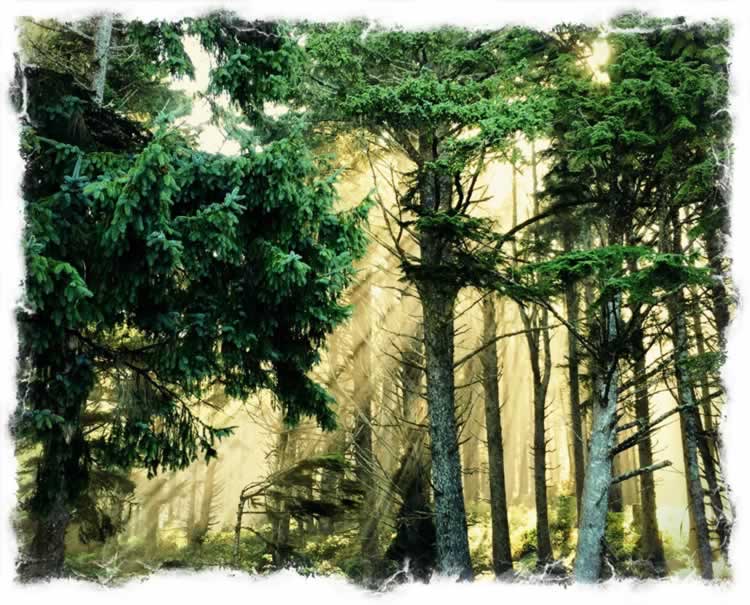
Would it be possible to consider the framing of patterns as
a layering to storytelling brand and experience design?
Surely.
There are patterns in storytelling — the rise and fall of characterizations, the landscape of narrative — the where, the how, the what — the riffing of the storyline — the plot journey, the character of suspense, emotionality, relevance and impact. And there are patterning expressions that can be found in the placement of stories in the context of actual environments — symbolic legacies, myth and legend, persona and attributes of the heart, soulfulness and magic, mystery and wonder.
It’s been an obsession with me to explore the concepts of brand development and patterning in place-making. And it’s something, as well, that Girvin has been involved with for years. Ranging from simple shopfronts and graphic programs to design systems of substantially larger detail and scale. From quick restaurant skin/exterior design programs to
Asian department stores of a significantly enlarged order.
But the key challenge in this exploration is the concept of how a brand manifests itself in meaningful place creation. Any brand, in the acknowledgment of an interior design scheme needs to consider how, and why, a participant in the place will recognize that sense of presence. Presence is the balance between intentional experience and experiencer attention — if the intention is fully realized, then a participant will fully recognize
“where they are.”
What we know is that, to the study of symbolism, it’s an ancient craft, a study of art, mysticism, layering of thinking and mythic dreamstates. It goes back and further back to the center of the ancient mind, which is, too, where the symbolism of the forest comes true to life back there, 1000s of years ago.
Far back.
The wisdom of the ancient ones.
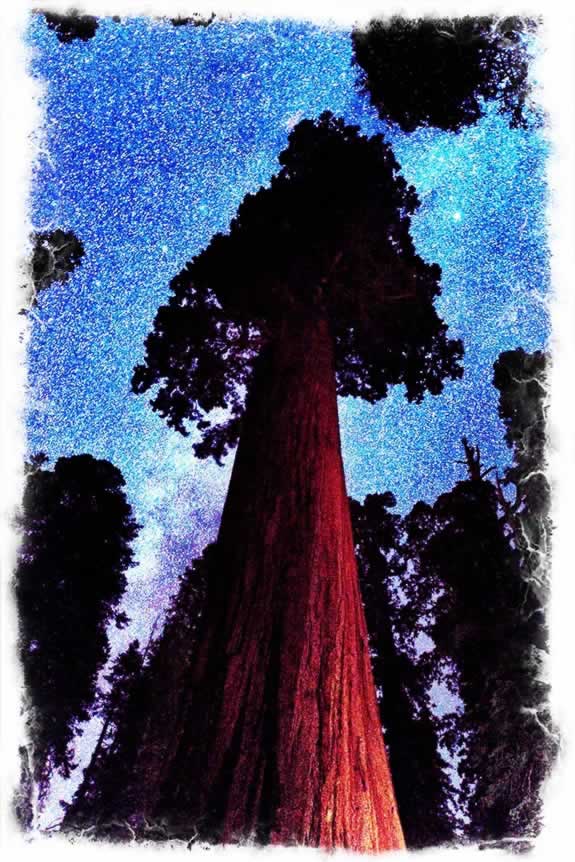
While I was walking in the woods, the ancient layers told me their stories.
[Image above by Justin Kern,
altered by Dawn Clark, AIA, LEED AP]
When I was young, in NY, my parents took me to
the New York City Museum of Natural History [AMNS.]
This was a whim reaching to a noticeable interest, on my part, in small things.
I realize, in walking the forest, that there is the bigger picture of the movement and array of the trees in the wind and mist of the deeper systemic character of those places — worlds within worlds, whorled.
As a naturalist walking, you reach into the earth, further, to find ecosystem on ecosystem — you learn to savor the beauty of the big, the bigger picture — and, too, digging into the earth, the rot of old trees and forest floors, to see into the wrinkling of time.
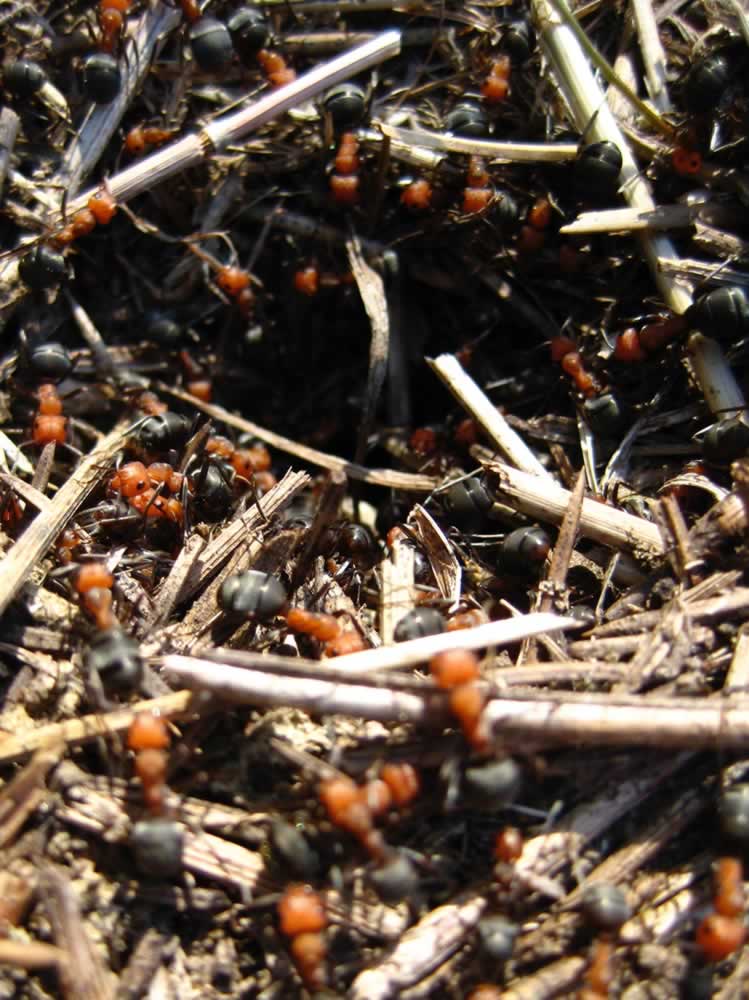
I used to pretend I was an ant —
envisioning that very small scale of seeing things.
I’d smash my head to the ground, and with a magnifying glass, pretend that I was traveling the lawn, the bouldered field of journeying a pebble beach. I think that, ultimately, is why I was at the American Museum of Natural History — an exhibit on ants, with a curatorial leadership by Edward O. Wilson — who I’d met, in the whirl of inspirational daze, at TED. Not the first time that I’d known of him — I’d studied his writing for years, perhaps a little more scholarly than Loren Eiseley, another potent influencer, in the observation of nature. In fact, my early career as a biologist was channeling the spirit of Eiseley’s love of nature — and the watching of it. But, in the study of tiny ecosystems, it was Wilson that taught about the power of the ant, in their massive populations, explicating the mysteries of inter-relatedness. And their webbing of their influences. His thinking, on ants, can best be found here.
Have it, read it. See more, in Nova’s “Lord of the Ants.”
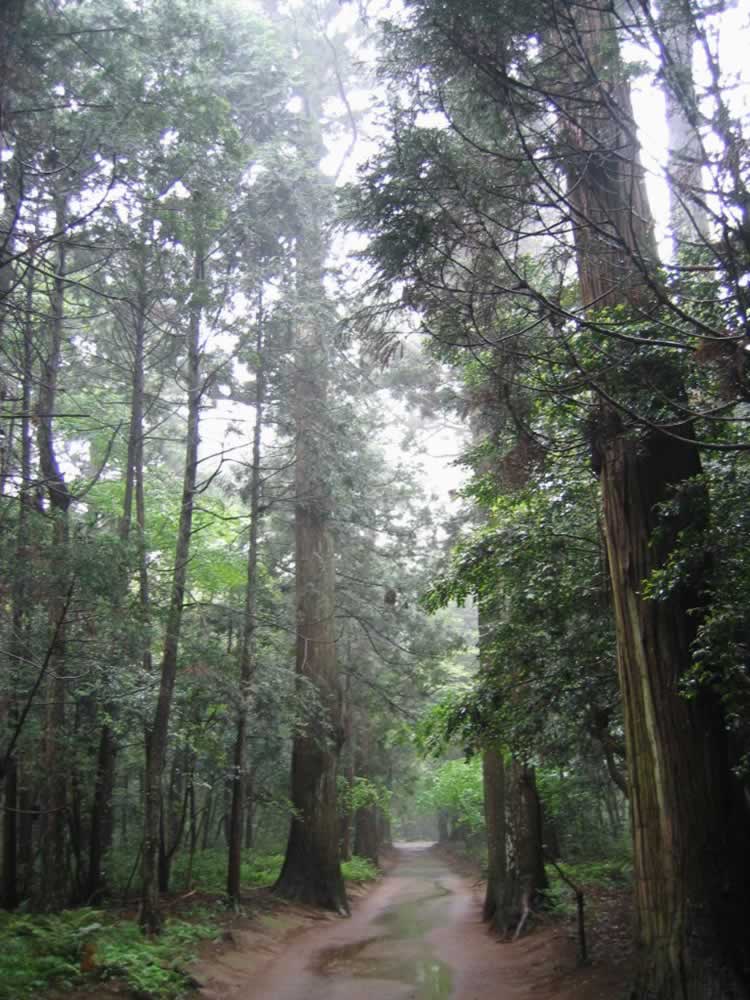
But, back to the ancient groves, I am fascinated now, by the sudden relevance of the old ones, trees that live for a thousand years and more. As a long hunter of old groves, stands of ancient ones, it was intriguing that this now emerged in Wired, of all places.
See, for example,
the Pando grove,
a colony of ancient ones.
80,000 years old, below:
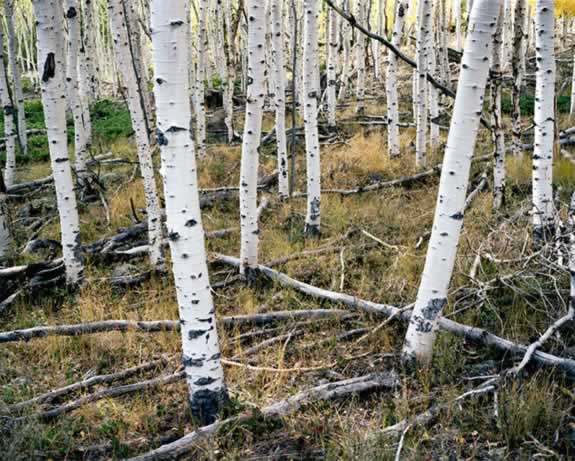
The photograph above, of the Pando colony,
was taken by Rachel Sussman,
as part of The Oldest Living Things In The World project.
This isn’t a new study or a recent conjecture.
We’ve written a lot about trees.
There are 10 articles, the above is the 8th in the series.
The point, to fascination,
is their psychic value
as a symbol for more interlacement,
a legacy that is rife in deep historical mystery, symbolism and mythology.
Notes on that, here.
Trees, heaven-holding, earth grasping —
they reach out to light and
capture any space in their foliate arrangement
to fill out, into, the gathering of light.
How might you think about the symbolism of trees,
in your life, your work, your meditations
on meaning,
which is memory and mind,
combined?
What do trees mean for you?
Tell me.

TIM | GIRVIN | San Francisco
….
HOLISTIC WELLNESS & PLACE
THE STRATEGY OF CREATING
HEALTHY PLACES OF BEING
https://www.girvin.com/subsites/wellness
DESIGNING ENVIRONMENTS FOR HEALING + HEALTH:
PLACES | RETAIL | RESTAURANTS | SPAS | WELL CENTERS
wellness experience design, storytelling + brand = http://bit.ly/XIQ0vm